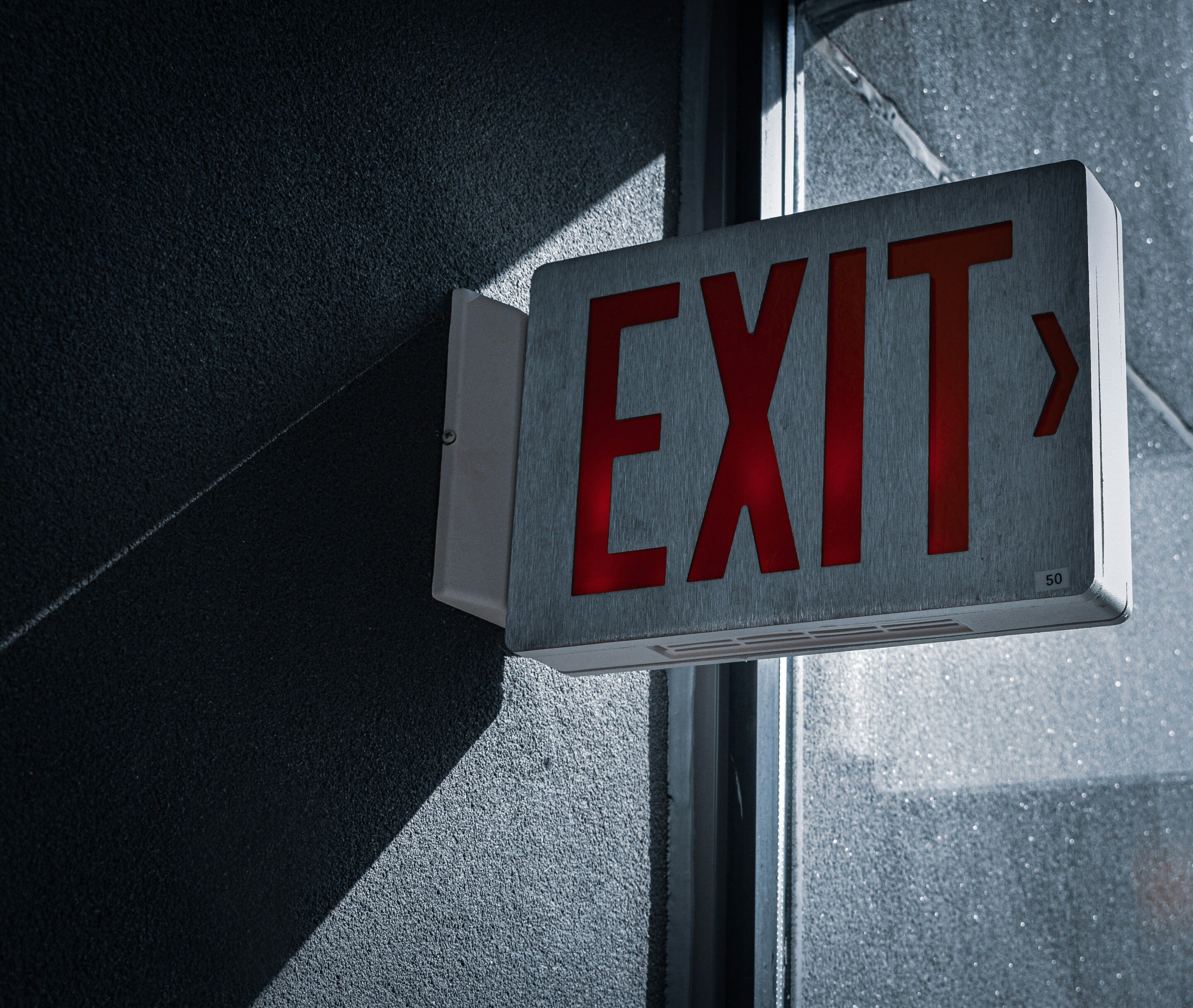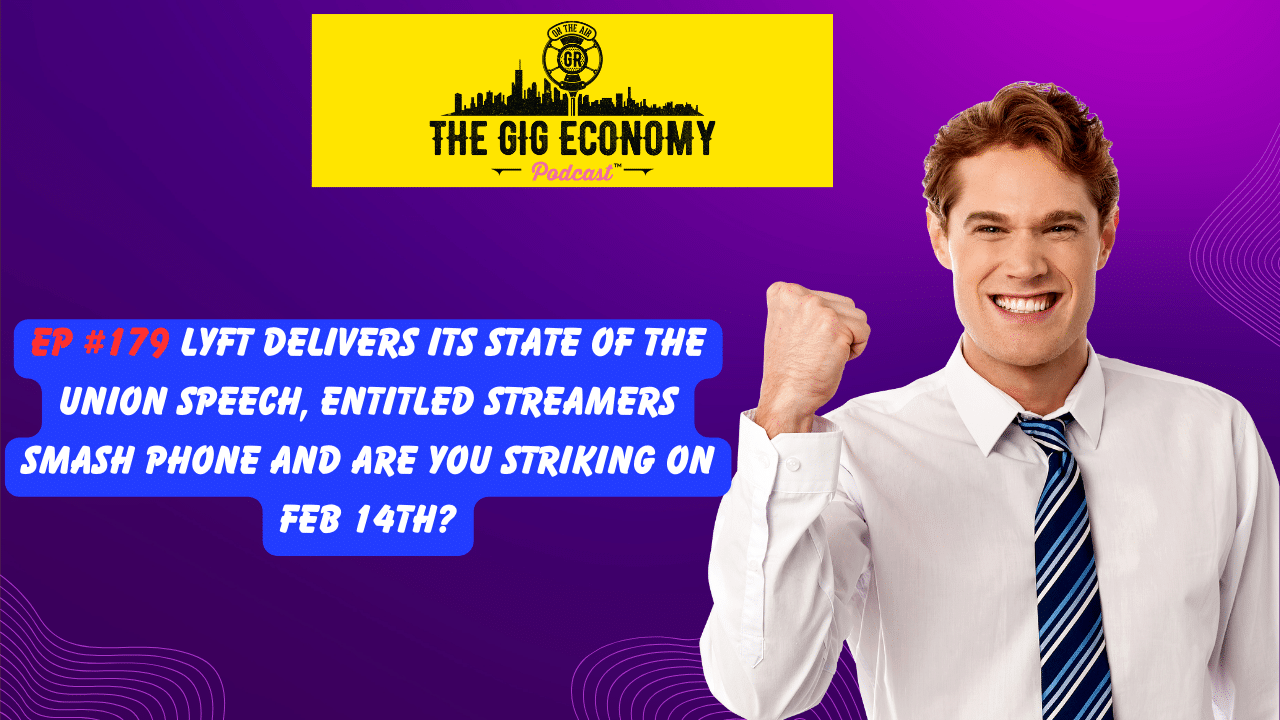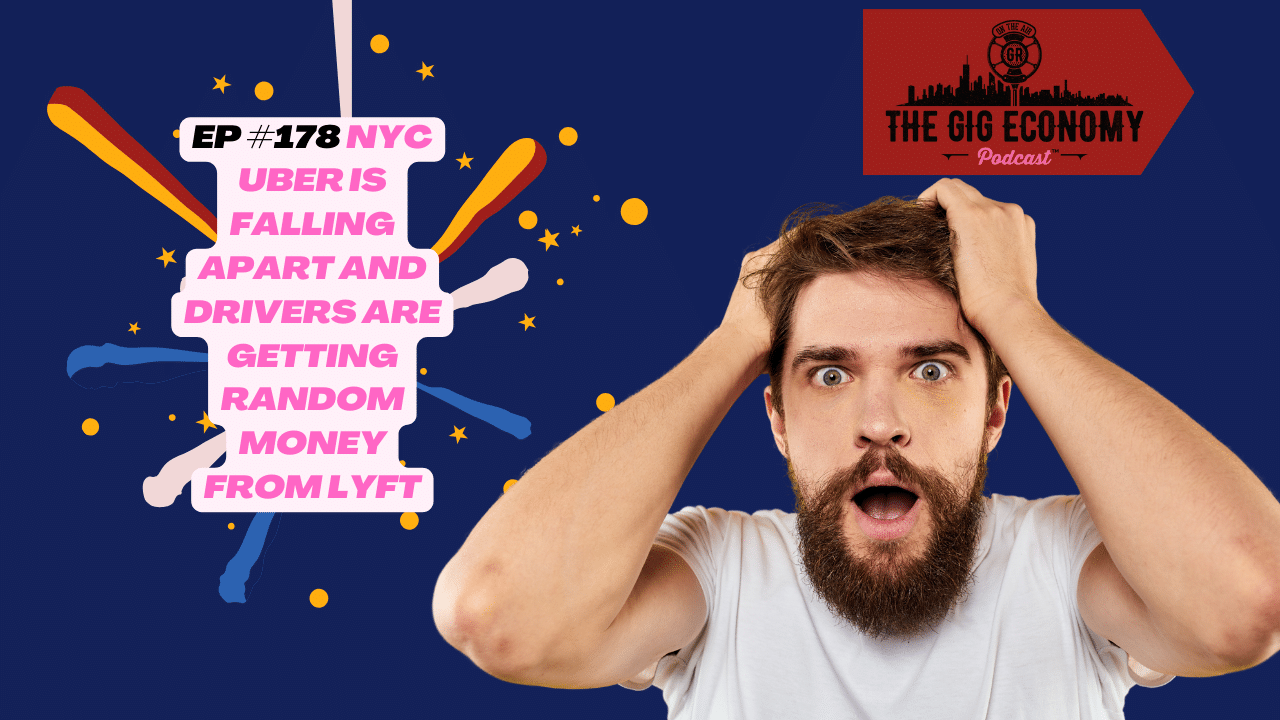
by Jason Tieri | Apr 2, 2024 | Blog
The potential departure of Uber and Lyft from Minneapolis has sparked concerns among local drivers dependent on the gig economy. With repercussions that may affect the livelihoods of Uber and Lyft drivers, the looming exit poses a significant shift in the rideshare landscape. In this informative piece, we will delve into what this potential change signifies for Minneapolis drivers relying on these platforms, exploring the implications and potential pathways forward in this evolving scenario.
Understanding the Shift
The Exit Scenario
Uber and Lyft have hinted at a possible withdrawal from Minneapolis, which has put both riders and drivers on high alert. This development comes in response to regulatory proposals that the companies argue would be detrimental to their business models. Such a move could dismantle a significant portion of the local gig economy that relies heavily on these platforms for income. The exit scenario is not without precedent, as seen in other cities where regulatory challenges have led to similar pullouts. For Minneapolis, this could mean a sudden disruption in the availability of rideshare services, which many have come to depend on for both transportation and employment. This shift underscores the need for drivers to stay informed and prepared for changes that could impact their source of income.
Impact on Minneapolis Drivers
The potential exit of Uber and Lyft from Minneapolis stands to significantly disrupt the lives of local drivers. Many Uber and Lyft drivers have built their routines and financial plans around the flexibility and income provided by these platforms. The departure could lead to a loss of primary or supplementary income for these individuals, affecting their ability to make ends meet. Additionally, the competitive landscape for rideshare services would drastically change, possibly leading to reduced fare opportunities and fewer choices for drivers to pivot to other platforms. The gig economy in Minneapolis, which has expanded due to the presence of these rideshare giants, would face a contraction, pressuring drivers to adapt quickly or seek alternative employment in a market that may not offer the same flexibility.
Alternatives in the Gig Economy
Should Uber and Lyft exit Minneapolis, drivers may need to look for alternatives within the gig economy. Fortunately, the gig economy is diverse and offers a range of opportunities outside of rideshare services. Delivery services like DoorDash and Instacart have seen a surge in demand, and they could represent viable options for drivers. Additionally, niche rideshare companies or new startups might emerge to fill the void left by Uber and Lyft. These platforms could offer similar or even improved terms for drivers. Another alternative is for drivers to consider freelance work in different sectors that can leverage their skills and availability, such as moving services, personal shopping, or courier services. While these alternatives may require a period of adjustment and may not replace the earnings from Uber and Lyft immediately, they provide a pathway for drivers to continue working within the gig economy.
Adapting to Rideshare Changes
As the rideshare industry faces potential changes, drivers in Minneapolis will need to adapt. Staying informed about the latest news and regulatory developments is crucial. Drivers should actively participate in community forums and engage with local driver groups to share information and strategies. Networking with other gig economy workers can uncover new opportunities and offer support during transitions. Financial planning is also more important than ever; drivers may need to reassess their budgets and savings plans to ensure financial stability. Learning new skills can make drivers more versatile and open up additional income streams. Finally, drivers should remain open to shifting to different platforms or areas of the gig economy, being ready to quickly move to where the demand is. Proactivity and flexibility will be key traits for drivers navigating this uncertain future.
As always you can download the podcast here and to get all your news, the podcast, and newsletter, check us out at the gigeconomyshow.com

by Jason Tieri | Mar 25, 2024 | Blog
We are now proud ambassadors for the Thirsty Goose. Have you ever had to pee and had nothing to pee in? Introducing the thirsty goose. An elegant way to go to the bathroom in a pinch. Save 10% now with the code THEGIGECONOMYPODCAST

by Jason Tieri | Mar 8, 2024 | Blog
Want to earn more as a rideshare driver? With a bit of planning and understanding the business, success is within your reach. Here, you’ll find three key ways to increase your income. Put these tactics into action and see your rideshare earnings grow.
Get to Know the Rideshare Business
The Ever-changing World of Rideshare
Rideshare, a major part of the gig economy, is always changing. It adapts to new technologies and changes in how people behave. If you want to make more money as an Uber or Lyft driver, you need to get how this business works. For instance, how many drivers are there in your area? What is the demand for rides at different times or seasons? How do changes in the law affect you? Knowing these factors can help you make smart decisions to increase your income.
Uber or Lyft: Which Pays More?
Many folks in the gig economy wonder whether they should drive for Lyft or Uber. The answer depends on different things, including where you’re located, when you’re driving, and what you prefer. Uber is available in more places and has more users, which could mean more ride requests. Lyft, however, is known for its friendly image and often provides attractive incentives for drivers. Some drivers choose to work for both to maximize earnings.
It’s also important to keep in mind how much each service pays and their associated costs, as these will affect your final take-home pay. Understanding the differences between Uber and Lyft will help you decide which is the best fit for you.
Simple Ways to Maximize Your Rideshare Income
Aim for Busy Times
One way to increase your earnings is to schedule your driving times strategically. Drive when the demand is high, called surge pricing periods, like during rush hours, big events, or bad weather. By doing this, you can enjoy higher rates. Don’t forget, surge pricing also often brings extra bonuses and incentives. Keeping an eye on the demand through your driver app can help you identify these profitable times.
Take Advantage of Bonuses and Incentives
Both Uber and Lyft offer bonuses and incentives to motivate drivers. These could be sign-up bonuses for new drivers, rewards for referring others, or bonuses for completing a certain number of rides in a given timeframe. Staying updated with the current promotions and knowing how they work can significantly increase your earnings without necessarily having to increase your working hours.
Seek Additional Income Opportunities
Apart from income from driving, you can explore other ways to add to your earnings. For example, you could display ads in your car, hand out samples, or wrap your car with ads. Try out services like Uber Eats to make money during slower ride request times. Some drivers even offer special rides, like guided tours or scheduled trips for regular clients. The key is to diversify and seize all possible ways to boost your income.
Critical Tips for Every Rideshare Driver
Keep Your Vehicle in Top Shape
Taking care of your car is crucial if you’re an Uber or Lyft driver. It not only ensures the safety of you and your passengers but also keeps your car running smoothly for longer. Regular oil changes, tire checks, and brake inspections are a must. Keeping your car clean and hygienic can also help earn better ratings and more ride requests.
Provide Excellent Customer Service
Giving your passengers an excellent ride experience is critical to earning higher ratings, which can lead to more ride requests and better tips. Simple steps like greeting your passengers, helping with their luggage, or offering water or phone chargers can go a long way.
Prioritize Safety
Safety should always come first. Always follow traffic rules, drive carefully, and stay aware of your surroundings. Make use of the safety features provided by Uber or Lyft, like sharing your trip details with your loved ones.
We appreciate you taking the time to read our guide on enhancing your profit as a rideshare driver. At The Gig Economy Podcast, our mission is simple – guiding you towards the best methods to up your earning game in this gig economy. For more top tips, industry knowledge, or the latest on the rideshare scene, make sure to check out our website, tune into our podcast, or get on board with our newsletter. Enjoy your journey on the road!

by Jason Tieri | Mar 1, 2024 | Blog
Top Dasher in 2024: Pros and Cons Breakdown
Want to be a Top Dasher in 2024? The job can help you earn more with some cool benefits. But, some problems come with it too. If you want to make a smart choice, think about its good and bad sides. Here are some things you need to know before deciding. Ready to dig in? Let’s go!
Becoming a Top Dasher in 2024
The Good Sides of Becoming a Top Dasher
Top Dasher status has some great things to offer. First, you get to pick your tasks before others. So, when there are too many orders, you won’t be out of work. Plus, you’ll get higher pay. This happens because you will be taking more orders and sometimes costly ones too. Also, feeling proud of your job and getting respect from others feels good.
The best part is, you can work on your terms. You can decide when and where you want to work. This means you can make the most money when it is a busy hour or in a crowded place. In the end, you can balance your work and personal life better.
The Bad Sides of Becoming a Top Dasher
Being a Top Dasher might not always be easy. You need to keep your customers happy all the time, which can be hard. Also, to stay a Top Dasher, you need to accept many orders. Sometimes, these orders might not bring a lot of money.
With too many people trying to be Top Dashers, things can get tough. You might have to work hard for the best orders. At the same time, having a Top Dasher title doesn’t secure a fixed income. The job demand can go up and down anytime.
Also, to be and stay a Top Dasher, you might need to work more. You might need to drive more too. This might not suit everyone’s taste.
About Gig Work Life
Weighing the Pros and Cons
A Gig worker’s job is about managing the good and bad. You need to think about the high income and better order access against the challenges. These might include keeping a good score and meeting the need for high-quality service.
You need to think about your personal and job needs. If you like working free and not having a boss, gig work can be a fit for you. But, if you don’t like income instability and the need to work hard always, you might need to think it over.
Remember, being a gig worker means you need to balance your job and personal needs. You need to take care of your well-being and job goals while managing the ups and downs.
Dealing with the Problems
Being a Smarter Dasher
You can be smarter to deal with the challenges. Improve your customer service skill and deliver faster to keep your scores high. Serve your customers and the restaurants well and timely.
As gig work can be unstable, having other income sources can help. Look for other gig jobs or part-time work to earn more. Join the Dasher community for help. Talk to other Dashers online to learn the best ways to do your job better.
Stay updated about the gig economy changes to plan your job strategy. This can help you overcome problems and do well as a Top Dasher.
Your Final Goal: Is Top Dasher Worth It?
To decide to be a Top Dasher, think about your ultimate goal. If you are looking for a high income and okay with hard work, you might want to go for it. The benefits of first-order access and better earnings are quite appealing.
But, remember the effort you need to give. You need to keep striving and handle the pressure of changing job demands. Think about how these fit with your lifestyle and job aims.
After weighing the pros and cons, if you still find it exciting, go for it. Remember, everybody’s job journey is different. Choose what goes best with your dream.
Should this guide prove insightful or if you have any questions, we encourage you to reach out to us. You can reach us at our website and you can download the show anytime here!

by Jason Tieri | Feb 12, 2024 | Blog
Navigating the gig economy can often feel like a high-speed chase through a maze of ever-changing rules and rewards. For drivers in the ride-sharing world, companies like Lyft and Uber not only represent opportunities for earnings but also a battleground for fairness and transparency. In the latest episode of our podcast, we take listeners on a journey through the labyrinth of Lyft’s new driver benefits, and the opaque reality of “external fees,” and share an Uber cancellation story that is more complex than a simple ‘no-show.’
The gig economy is not for the faint-hearted; it demands resilience, adaptability, and a willingness to play by rules that can often change with little notice. Our hosts, Larry and Jason, discuss the intricacies of Lyft’s recent announcement to ensure drivers earn a minimum of 70% of rider fares after certain fees. While the promise of increased earnings sounds alluring, it raises questions about the clarity of these “external fees” and whether the actual payout is as lucrative as it appears. Drivers must constantly evaluate if the carrot being dangled in front of them is worth the chase.
Furthermore, the episode delves into the controversial subject of driver deactivation. The anxiety that comes with the possibility of being deactivated, often based on unverified complaints, can make gig work a precarious endeavor. Lyft’s promise of a 72% reactivation rate within 24 hours is examined, leaving listeners to ponder if this is a genuine improvement or a mere public relations move. The discussion also highlights the all-too-common practice of offering attractive driver bonuses for a high number of rides, raising the question of feasibility and true benefit to the drivers.
Throughout the episode, the hosts share personal anecdotes that add color and context to the discussion. From humorous tales of inebriated passengers to tense confrontations with dishonest customers, the stories serve as a reminder that behind every gig worker’s steering wheel is a person navigating a complex web of customer interactions and company policies. The podcast doesn’t just count miles; it counts the human experiences that make up the life of a ride-share driver.
As the episode comes to a close, listeners are left with a better understanding of the gig economy’s challenges and the resilience required to succeed in it. The hosts’ stories and the episode’s deep dive into the murky aspects of driver benefits and tipping practices offer valuable insights for current and prospective gig workers. It’s an episode that doesn’t shy away from the hard truths of gig work, instead choosing to illuminate the hidden corners of the industry with candid conversations and expert commentary.
In conclusion, the podcast episode serves as both a reality check and a rallying cry for those within the gig economy. It’s a powerful reminder that while the roads may be paved with promises, it’s the drivers who must navigate the potholes and detours to find their path to success. For anyone with a stake in the gig economy, this episode is a must-listen, packed with stories and strategies that resonate with the real cost of life in the driver’s seat.

by Jason Tieri | Feb 5, 2024 | Blog
The landscape of the gig economy is ever-evolving, and as we bring this chapter for Jepser time on the podcast to a close, it’s only fitting that we delve into the current and future state of ride-sharing services and their shift towards electrification. As the sun sets on Jesper’s tenure with the podcast, we look back with gratitude for the connections made and the knowledge shared. r.
The world of Uber and its counterparts is one of constant change, a reflection of the gig economy itself. Recently, we’ve seen a significant focus on the introduction of government regulations that could reshape the way ride-share drivers operate. The prospect of minimum wage laws and restrictions on driver availability is creating waves of concern within the industry. The idea that a gig worker’s flexibility could be hindered by such regulations is a contentious one, with the potential to alter the very fabric of the gig economy.
Amidst these discussions of regulatory shifts, we find ourselves contemplating the role of electric vehicles (EVs) in ride-sharing. The environmental and financial implications of transitioning to EVs are complex and multifaceted. On one hand, the cost savings on fuel and the reduced environmental footprint present compelling arguments for their adoption. On the other hand, the skepticism around infrastructure readiness and the feasibility of widespread electric vehicle use remains a prevalent topic of debate.
Our exploration into the electric future doesn’t end with the practicalities of EVs—it extends to the human element of the gig economy. We recount an incident involving a Lyft driver and a D.C. Rabbi, which highlights the tension that can arise in the confines of a ride-share vehicle. Such stories remind us that while we focus on the mechanical and technological aspects of ride-sharing, we must not lose sight of the human interactions at the heart of the service.
As we consider the economics of being a gig worker, the conversation naturally leads to Uber earnings and the reality of unpredictable income. We discuss the viability of gig work as a sustainable livelihood, considering the challenges of maintaining consistent earnings in an industry governed by supply and demand. This candid examination of a driver’s financial landscape is essential for anyone considering or currently navigating the gig economy.
In a lighter vein, we entertain the notion of an ‘Uber Walk’ service with humor and a dose of reality. While the idea seems more farcical than practical, it sparks conversation about the diversity of services within the gig economy and the importance of aligning service expectations with customer experiences.
As we reach the end of our final episode, we invite our community to continue the dialogue in our Telegram chat, fostering a space where ideas and support can flow freely among gig workers. We extend our heartfelt thanks to our listeners for joining us on this journey and encourage them to embrace the future with curiosity and resilience.
Looking ahead, the gig economy podcast may have a new voice, but the spirit of exploration and discovery remains. We stand at the threshold of a new era in ride-sharing—an era where electric vehicles may soon dominate the roads and regulations may redefine the rules of the game. It’s a future filled with challenges and opportunities, and we can’t wait to see where the road leads.






